I have a bunch of image-snippets with low contrast which I'd like to binarize using python.
I tried varies thresholding methods like Otsu and Huang, but none seems to work for all my image snippets.
Following instructions like this one, I puzzled together the code below:
import cv2
import numpy as np
from matplotlib import pyplot as plt
import math
import glob
import os.path
import os
def permissions(targetfile):
os.chmod(targetfile, mode=0o755)
os.chown(targetfile, 1000, 1000)
#resize snippet
def resize( image):
image_resized = cv2.resize(image, None, fx=12, fy=12)
return image_resized
#Apply clahe
def clahe( image):
# Clahe parameters
cl1 = 6
cl2 = 9
cl3 = 9
image_gray = cv2.cvtColor(image, cv2.COLOR_BGR2GRAY)
clahe = cv2.createCLAHE(clipLimit=cl1, tileGridSize=(cl2, cl3))
cv_gray_clahe = clahe.apply(image_gray)
return cv_gray_clahe
# Binarize image using Huangs method (https://github.com/dnhkng/Huang-Thresholding)
def binarize( image):
# image = np.array(image) # image needs to be of class 'numpy.ndarray'
histogram, bin_edges = np.histogram(image, bins=range(257))
huang_threshold = Huang(histogram)
huang_threshold = huang_threshold
threshold = np.where(image > huang_threshold, 1, 0)
threshold = threshold.astype(np.uint8)
return threshold
def Huang(data):
"""Implements Huang's fuzzy thresholding method
Uses Shannon's entropy function (one can also use Yager's entropy function)
Huang L.-K. and Wang M.-J.J. (1995) "Image Thresholding by Minimizing
the Measures of Fuzziness" Pattern Recognition, 28(1): 41-51"""
threshold=-1
first_bin= 0
for ih in range(254):
if data[ih] != 0:
first_bin = ih
break
last_bin=254;
for ih in range(254,-1,-1):
if data[ih] != 0:
last_bin = ih
break
term = 1.0 / (last_bin - first_bin)
# print (first_bin, last_bin, term)
mu_0 = np.zeros(shape=(254,1))
num_pix = 0.0
sum_pix = 0.0
for ih in range(first_bin,254):
sum_pix = sum_pix + (ih * data[ih])
num_pix = num_pix + data[ih]
mu_0[ih] = sum_pix / num_pix # NUM_PIX cannot be zero !
mu_1 = np.zeros(shape=(254,1))
num_pix = 0.0
sum_pix = 0.0
for ih in range(last_bin, 1, -1 ):
sum_pix = sum_pix + (ih * data[ih])
num_pix = num_pix + data[ih]
mu_1[ih-1] = sum_pix / num_pix # NUM_PIX cannot be zero !
min_ent = float("inf")
for it in range(254):
ent = 0.0
for ih in range(it):
# Equation (4) in Reference
mu_x = 1.0 / ( 1.0 + term * math.fabs( ih - mu_0[it]))
if ( not ((mu_x < 1e-06 ) or (mu_x > 0.999999))):
# Equation (6) & (8) in Reference
ent = ent + data[ih] * (-mu_x * math.log(mu_x) - (1.0 - mu_x) * math.log(1.0 - mu_x) )
for ih in range(it + 1, 254):
# Equation (4) in Ref. 1 */
mu_x = 1.0 / (1.0 + term * math.fabs( ih - mu_1[it]))
if ( not((mu_x < 1e-06 ) or ( mu_x > 0.999999))):
# Equation (6) & (8) in Reference
ent = ent + data[ih] * (-mu_x * math.log(mu_x) - (1.0 - mu_x) * math.log(1.0 - mu_x) )
if (ent < min_ent):
min_ent = ent
threshold = it
# print ("min_ent, threshold ", min_ent, threshold)
return threshold
#Inputfiles:
path = glob.glob("./" + "*.JPG")
path.extend(glob.glob("./" + "*.jpg"))
#Output directory
targetdir = "./output/"
os.makedirs( targetdir, exist_ok=True)
permissions(targetdir)
for img in path:
poststring = ""
targetfile = targetdir + os.path.basename(img).split('.')[0] + poststring + \
os.path.splitext(img)[1]
# Change filename of targetfile
if not os.path.exists(targetfile):
print("Processing targetfile: ", targetfile)
# read image and resize
image = cv2.imread(img)
resized_image = resize(image)
#clahe
clahe_image = clahe(resized_image)
denoised_image = cv2.fastNlMeansDenoising(clahe_image, h = 21, templateWindowSize = 9, searchWindowSize = 21)
#huang thresholding
binarized_image = binarize( denoised_image)
binarized_image *= 255
# dilate
kernel = np.ones((12,12),np.uint8)
dilate = cv2.dilate(binarized_image,kernel,iterations=3)
# Flood fill
h, w = image.shape[:2]
for row in range(h):
if dilate[row, 0] == 255:
cv2.floodFill(dilate, None, (0, row), 0)
if dilate[row, w-1] == 255:
cv2.floodFill(dilate, None, (w-1, row), 0)
for col in range(w):
if dilate[0, col] == 255:
cv2.floodFill(dilate, None, (col, 0), 0)
if dilate[h-1, col] == 255:
cv2.floodFill(dilate, None, (col, h-1), 0)
kernel = cv2.getStructuringElement(cv2.MORPH_ELLIPSE, (7,7))
foreground = cv2.morphologyEx(dilate, cv2.MORPH_OPEN, kernel)
foreground = cv2.morphologyEx(foreground, cv2.MORPH_CLOSE, kernel)
# Creating background
kernel = cv2.getStructuringElement(cv2.MORPH_ELLIPSE, (17, 17))
background = cv2.dilate(foreground, kernel, iterations=3)
cv2.imwrite(targetfile, background)
permissions(targetfile)
else:
print("Skipping, because already existing: ", targetfile)
permissions(targetfile)
print('')
The result is still not satisfying:
Could you please advise on how to loose the noise, maintain the desired features and receive straight/ellipse-like contourlines?
Adding the original snippets here for testing purposes: download snippets
